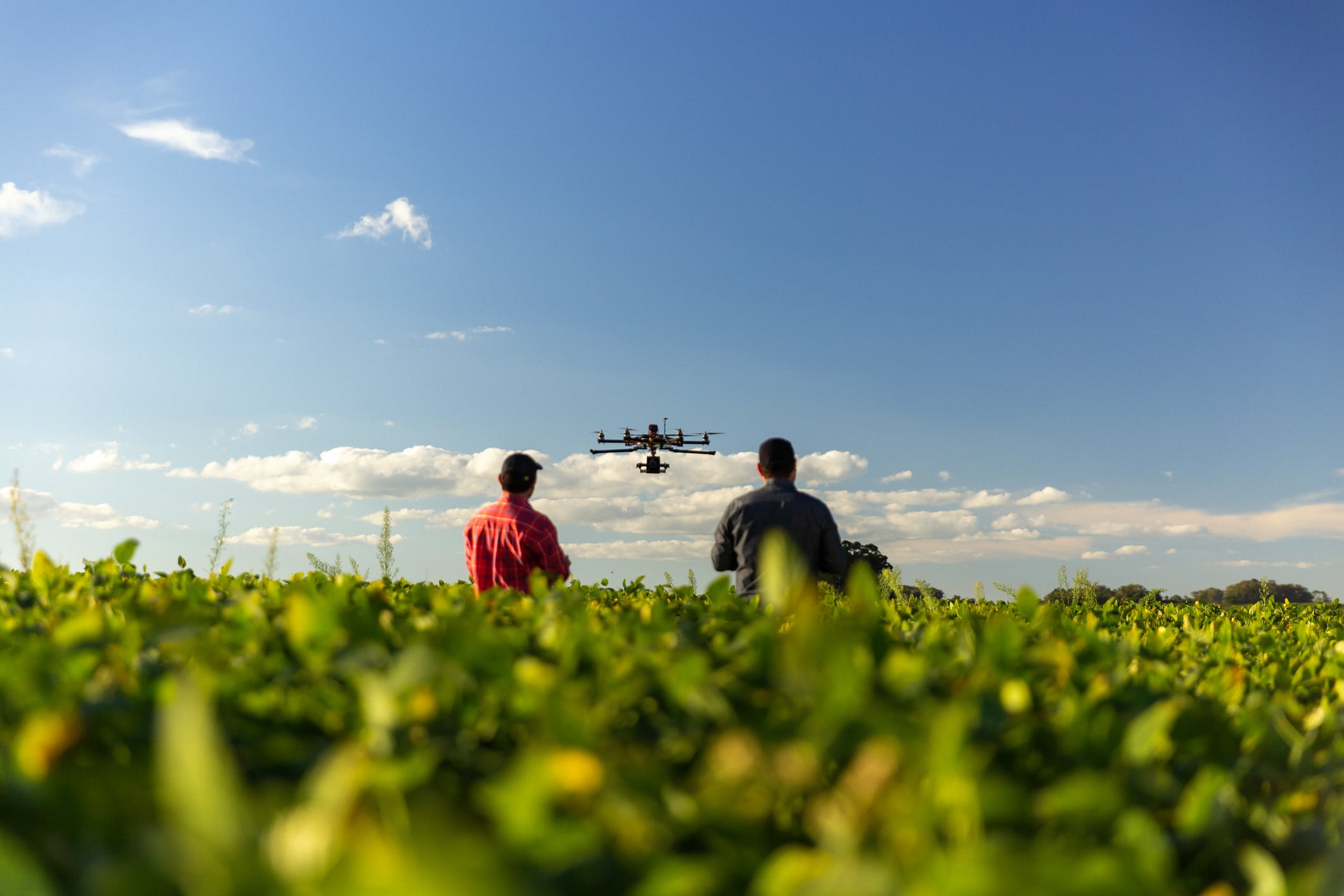With long development cycles and regulatory hurdles, there are calls for more patient and flexible funding approaches.
VC timelines clash with agri-food realities
The traditional venture capital model – typically structured around a 10-year fund lifecycle – is often seen as misaligned with the agri-food sector’s longer innovation timelines.
Panellists at the summit questioned whether this model allows sufficient time to deploy capital and generate returns, especially in a sector where product development and adoption can span decades.
Michael Dean, founding partner at AgFunder, acknowledged the challenge. “Going to investors and saying we can deliver 3x returns within 10 years is proving super tough.” Unless you’re getting in very early and the start-up is seeing high demand, the timelines just don’t work, he said.
Rethinking expectations and strategies
Rogier Pieterse, managing partner at Pymwymic, urged both investors and entrepreneurs to recalibrate their expectations.
“If we under-promise and over-deliver, the model can still work,” he said, suggesting that venture capital can remain viable if players adjust their approach.
Ali Morrow, partner at Clay Capital, emphasized the importance of customer-centric innovation.
“Find something that plugs into your customer, something that is adoptable,” she urged entrepreneurs. “When all of us started out there were regulatory tailwinds and there were fewer headwinds. There was more support for the products that enabled ROI but also had a sustainability angle.
“That world has fundamentally changed and in order for any of our prospective customers to buy, it needs to be simple, and it needs to deliver ROI.”
The role of government and strategic investors
The panel also highlighted the need for greater government involvement and strategic corporate investment. Dean advocated for more generous R&D tax credits to incentivize corporate engagement with startups:
“That would really encourage corporates to engage more with the start-up community.”
A balanced approach between public and private investment was seen as crucial to supporting agri-food innovation through its complex and often slow-moving development cycles.
Should VC evolve – or should we adapt to it?
Not all panellists agreed that the VC model needs to be reinvented. Adam Anders, managing partner at Anterra Capital, cautioned against overhauling a system that channels billions annually.
To expect VCs to change their model for our sector is “a massive ask”, he told the panel. Speaking to AgTechNavigator, he added: “Rather than invent a new venture capital model I feel much more comfortable with adjusting our investment strategy to fit the traditional model and i think there are enough opportunities that are in the sweet spot.”
Toward a more diverse investment ecosystem
The consensus? Venture capital alone isn’t enough. A more diversified funding landscape – featuring patient capital, government support, and strategic partnerships – is essential to drive meaningful innovation in agri-food systems. As the sector grapples with slow regulation and adoption challenges, the investment community must evolve to meet its unique demands in order for the next generation of agtech companies to flourish.





